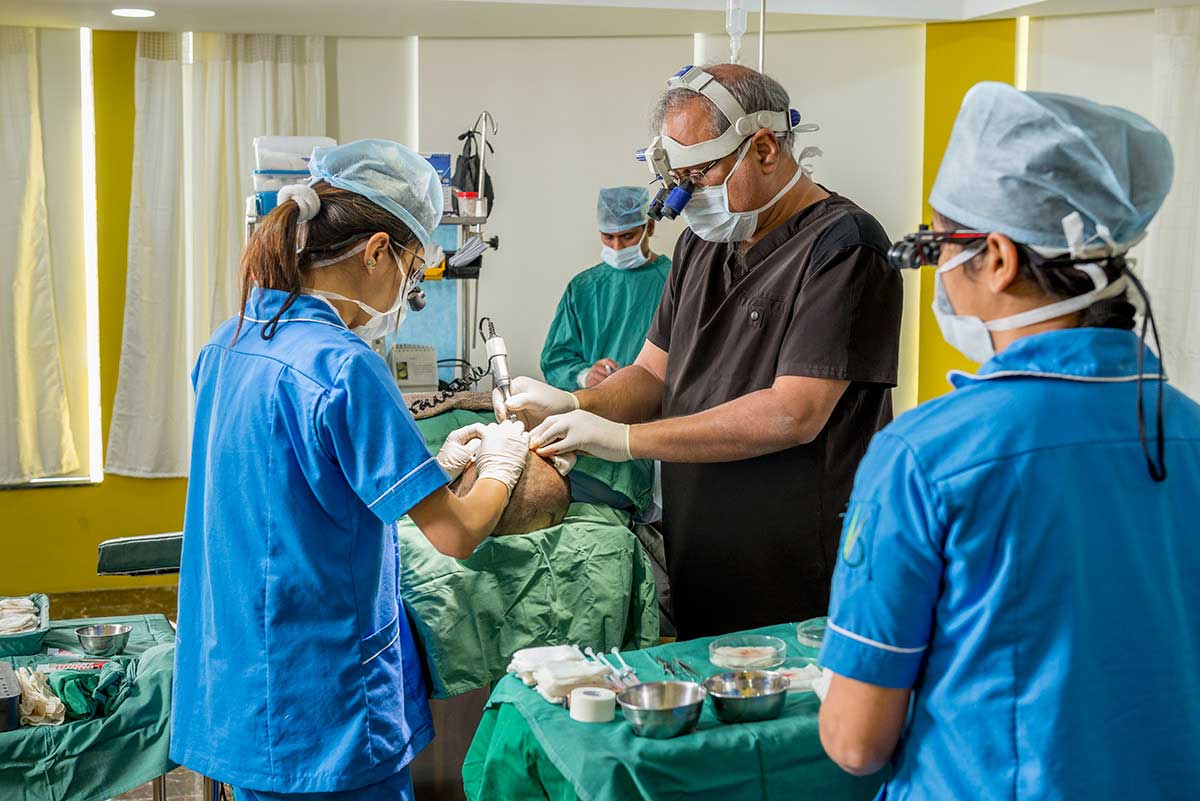If you’re someone who usually wants things to happen quickly, you might have delayed getting a hair transplant for too long. Now that it’s done, you’re eager for your hair to grow so you can move on with your life. If that sounds like you, this video is for you. CLICK!
So, take a deep breath, enjoy the journey, and trust the process. Before you know it, you’ll be showing off your new hair!
Today, I’ll cover two important topics:
- When you can get back to your daily activities, work, and sports.
- What to expect from your hair transplant—when you’ll see changes and the ups and downs during this journey.
As you start your hair restoration journey, let’s talk about the importance of timing. There’s an old saying, “A stitch in time saves nine,” and it’s true when it comes to caring for your new hair.
After your transplant, it’s crucial to follow the timeline your surgeon gives you. If you skip steps, there is no going back to rectify it and you won’t get the results you want. Each recovery phase is important for the best outcome.
Right After Your Hair Transplant
Days 1-3:
These first few days are crucial. Your hair grafts are still settling in, so you need to be careful. Avoid long train or bus journeys, and don’t drive yourself. If your job is mostly at a desk, you can return to work right away. But if your job is physically demanding—like in construction or deep-sea diving—you’ll need to wait. Also, no intimacy during this time.
Days 3-5:
You’ll start to adapt to your new routine. Calls to the clinic will lessen, but you’ll still be on medication and need to spray your transplanted area every couple of hours. You’ll feel tightness in your scalp as crusts form, but your donor areas will heal quickly. You can’t remove your bandana yet. Avoid the gym, swimming, and any water activities.
Days 5-14:
You might feel frustrated with daily care and tempted to pick at your crusts. Stay calm; this phase will pass soon. No swimming, and keep your head out of the sun and rain. You can start light cardio but avoid heavy lifting or contact sports.
Day 14:
You might hope the crusts are gone, but if they’re still there, don’t worry. In the shower, wet the area and gently remove the crusts with baby shampoo. By the second shower, they should be gone.
Shedding Phase:
Now you’ll notice shedding. Many patients worry at this stage, thinking their efforts were in vain. Don’t be disheartened; shedding is normal and means new growth is coming. You can resume most activities, but hold off on swimming, sun exposure, and contact sports for a bit longer.
2-6 Weeks: The Ugly Duckling Phase
During this phase, many experience feelings similar to grief: denial, anger, bargaining, depression, and finally acceptance. The early part can be painful as hair continues to shed. It’s surprising how quickly we forget the tough parts of care, even after being informed.
6-12 Weeks: Acceptance Phase
By now, you’ve accepted the shedding and are waiting for regrowth. You might still doubt the clinic’s promises, frequently checking the mirror for new hair. A haircut might help with the contrast.
3-5 Months: Regrowth Phase
Around the 14-week mark, you’ll start noticing tiny hairs where the grafts were placed. They may be fine at first, but soon you’ll see more density and thickness.
5-6 Months:
By month five, your hair should look fuller and darker. Many patients start styling their new hair around this time, which is exciting!
The journey post-transplant involves a mix of anticipation and patience. Each phase— from careful healing to enjoying your new hair—requires following the guidelines and keeping a positive mindset.
As you go through these stages, remember that every cloud has a silver lining. Soon, you’ll be reaping the rewards of your hard work. Embrace the process, stay committed to your care, and you’ll be on your way to a full head of healthy hair!
I know waiting can feel like watching paint dry, but patience is key. Good things come to those who wait! Your hair follicles need time to settle and grow. Stick to your post-care instructions—cleaning, moisturizing, and protecting your scalp are essential.
“Success is the sum of small efforts, repeated day in and day out.” By consistently caring for your hair, you’re setting the stage for a successful transformation.
Cheers to new beginnings!


